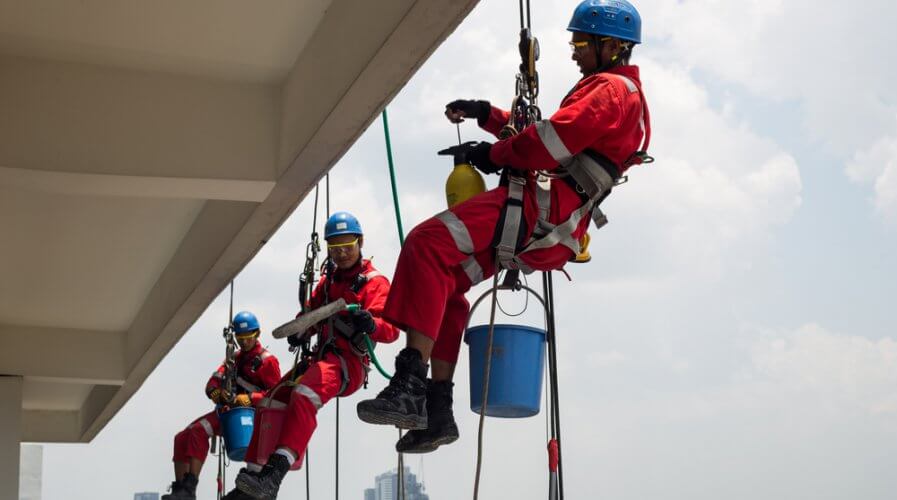
So long as RPA projects involve governance and improvement, organizations can rely on them in the long run. Source: Shutterstock
Can an RPA bot-army support an organization in the long-term?
ROBOTIC process automation (RPA) is quite an effective technology. It’s affordable, simple to understand and deploy, and can really give employees a taste of automation right off the bat.
However, it’s simplicity sometimes works against it as some experts liken the technology to “macros” (in Microsoft Office applications such as Excel where a series of repetitive tasks could be “recorded as a macro” and “played back” to create a flow similar to RPA) and say that the technology needs intelligence in order to survive in the long-term.
Their primary argument is that RPA isn’t really new technology and is likely to die just as macros did — but the argument seems to be inherently flawed.
Practitioners and implementation specialists point out that the major difference between a macro and RPA technology is the fact that the former could only work within a set ecosystem (usually within one Microsoft Office application or a series of Microsoft applications).
RPA technology, on the other hand, is often used to bridge the gap between modern front-end applications and legacy infrastructure — proving that it can work across different generations of application ecosystems.
In fact, this is one of the most important capabilities that RPA technology brings to organizations such as banks, financial services organizations, and even insurance companies, all of whom have come to heavily rely on RPA technology to help upgrade their infrastructure without disrupting ‘business as usual’.
ICICI Bank in India, for example, has deployed about 750 RPA bots that handle close to 2 million transactions per day. While no cost or time savings have been reported as yet, it’s interesting to see that human error has gone down significantly.
“These robots are being used across different operations and LoBs including retail, wholesale banking, forex, treasury, agro and international operations. And most of the robots deployed have been developed in house,” ICICI Bank India’s Senior GM and Head of Operations Anita Pai told the media.
Another common argument against RPA technology is the fact that the technology can only handle task automation, meaning to say, whenever there are anomalies, bots tend to break down and render the technology useless.
Those that agree with this argument tend to claim that the best way to use RPA technology is to infuse it with artificial intelligence (AI). A certain pool of professionals believes that AI-powered RPA — better known as intelligent automation — can help handle anomalies to ensure automation of not just tasks but also processes.
However, practitioners and implementation specialists often see organizations that invest heavily in RPA technology also build an RPA center of excellence (CoE) where RPA governance is carried out.
As a result of instituting the RPA governance, periodic audits of RPA bots’ logfiles are undertaken, helping the organization plan for and manage anomalies without really waiting for AI to radically transform the process or technology.
Overall, the reality is that RPA technology, as it stands, can make a big difference to organizations — now and in the future. Those that are keen on exploring the technology must avoid paying heed to those that raise concerns about the future of the technology.
READ MORE
- The criticality of endpoint management in cybersecurity and operations
- Ethical AI: The renewed importance of safeguarding data and customer privacy in Generative AI applications
- How Japan balances AI-driven opportunities with cybersecurity needs
- Deploying SASE: Benchmarking your approach
- Insurance everywhere all at once: the digital transformation of the APAC insurance industry


